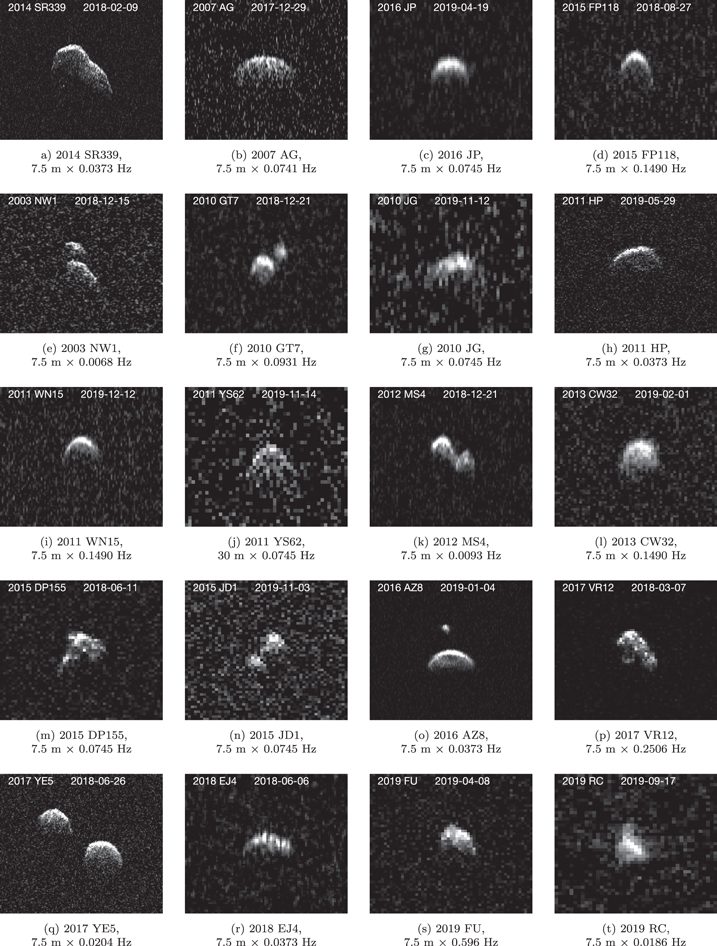The Arecibo Observatory has a final gift for humanity after collapsing into pieces in December 2020.
Scientists have released the largest radar-based report on near- Earth asteroids ever published. The report includes detailed observations of 191 near-Earth asteroids, including nearly 70 that are considered potentially hazardous.
According to NASA, our planet is safe from asteroid impacts for at least the next 100 years. However, scientists still pay close attention to near-Earth objects like these in case their trajectory suddenly changes and they end up colliding with Earth.
Several asteroids were flagged by the new report as being worthy of future study, including an odd space object called 2017 YE5 that is an equal mass pair of asteroids. The rocks are estimated to measure between 2,600 and 2,950 feet. The researchers wrote that the asteroid's high radar reflectivity may indicate an abundance of water ice beneath its surface.

The asteroids' shapes, sizes and spin periods are crucial metrics for assessing the potential risks that the asteroids may pose to our planet, and with this new treasure trove of data, scientists can better measure these asteroids' shapes, sizes and spin periods, which are crucial metrics for assessing
The amount of valuable data collected is unique and these results could not have been achieved with any other existing facility.
The largest and most powerful radio telescope in the world was built in Puerto Rico. The 1,000-foot-wide telescope dish was used in movies such as "Contact" and "GoldenEye" in the 1990s. The first message to aliens was beamed into space by the observatory in 1974.
NASA's Double Asteroid Redirection Test (DART) mission was planned in part because of Arecibo's observations of asteroids.
The career of Arecibo ended abruptly in December 2020 after two critical support cables snapped. In October 2022, the National Science Foundation, which owns the site on which Arecibo was built, announced that the telescope won't be replaced or repaired.
The team noted that the world's most famous dead telescope may have more scientific gifts in the future.